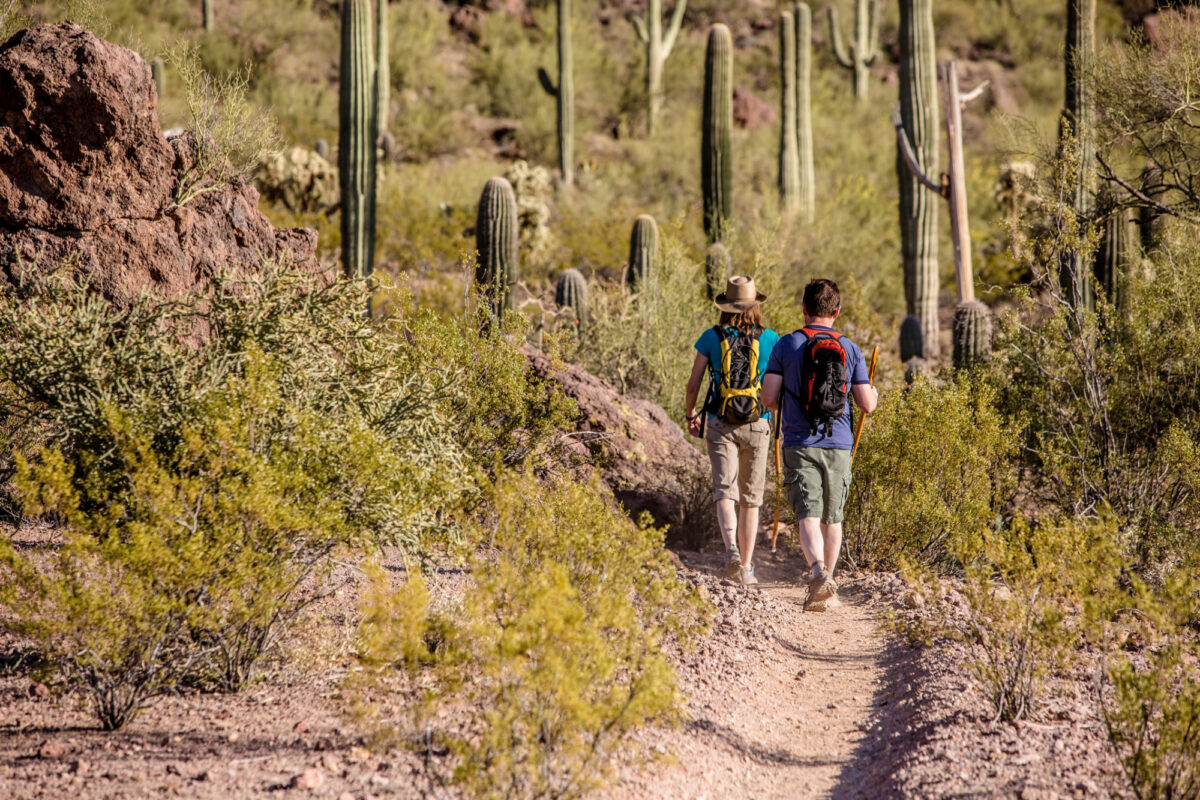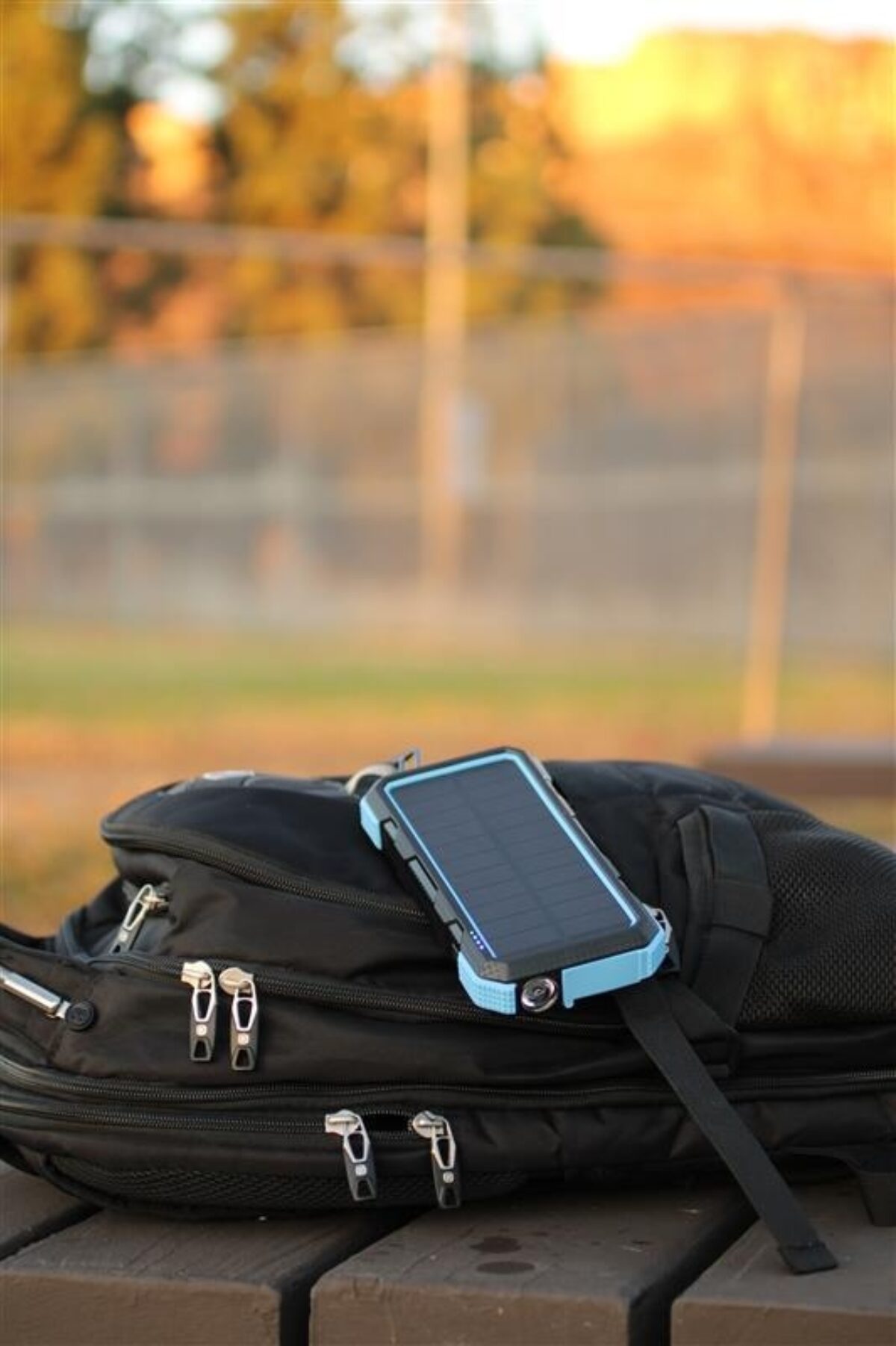10 Tips For More Eco-Friendly Outdoor Adventures & Camping Trips

10 Tips For More Eco-Friendly Outdoor Adventures & Camping Trips
The percentage of people that enjoy camping three or more times each year has increased 72% since 2014, according to a recent report, particularly in light of the COVID-19 pandemic and associated international travel restrictions. Between the rapid increase in outdoor recreation and the rise of climate change, it’s more important now than ever to ensure the environment is protected during outdoor adventures in line with the U.S. Forest Service’s Tread Lightly principles.
Although our safe, most environmentally benign lithium iron phosphate energy storage systems help to reduce carbon emissions, especially when used in wind and solar power systems, we believe it’s essential to challenge our limits to further mitigate any additional harmful effects on the environment. Through our Limitless Blue initiative, we are committed to giving 1% of our net revenue annually to fund eco-friendly, earth-conscious causes and organizations around the globe. We also stand by, and recommend, the following tips when it comes to adventuring sustainably:
1. Use environmentally friendly transportation
Did you know that cars and trucks account for nearly one-fifth of all U.S emissions, emitting around 24 pounds of carbon dioxide and other global-warming gases for every gallon of gas? This is part of why we recommend taking a look at your mode of transportation to see how you can possibly cut down on your transport emissions before your next camping trip, fishing trip, or other outdoor adventure. Consider choosing a trip location that you can walk or cycle to or else look into public transportation options. If this isn’t possible, then try to carpool to minimize your emissions.
2. Bring DIY, organic snacks and meals instead of single-use food items
When planning snacks and meals for your next outdoor adventure, think carefully about how you can reduce waste. For example, buy in bulk, get creative and try making your own meals to decrease unnecessary packaging waste. You can also use reusable containers or beeswax wraps instead of plastic bags to transport the food. Additionally, try to only purchase organic food, as traditional agriculture uses synthetic fertilizers, pesticides and herbicides that can damage the environment, unlike organic agriculture.
3. Pack eco-friendly sunscreens, insect repellents and ointments
In order to avoid polluting lakes, ponds and rivers, leave water-soluble products at home. Also, if insecticides like permethrin (bug repellent) seep into natural water sources, they can be toxic to aquatic life. Protecting your skin is important, but so is protecting wildlife and natural sites so that they can be enjoyed by generations to come.

4. Use rechargeable batteries and products powered by the sun
Instead of relying on noisy, polluting diesel generators or batteries which cannot be recharged, look into using rechargeable, safe batteries that are powered by solar energy. Whether this means switching out the system that powers your van, overland vehicle, RV, or campervan, or something as simple as choosing to use a solar-powered lantern or phone charger, endless options are available for reducing waste and pollution on your next trip.
5. Bring used equipment or rent or repair old equipment
Before you buy a new piece of gear, try repairing old gear, renting gear, or buying used gear. The longer you can keep using a product, the less negative impact new products have on our environment. This will also likely save you money when preparing for your next adventure.
6. Take reusable bottles or water storage tanks
Although it can be convenient to fall into the habit of buying disposable plastic water bottles, with a bit of planning, you will never have to do that again. Bladders and reusable bottles are not only eco-friendly but also very easy to hike with. Water tanks or water storage bags are also great for front-country use.
7. Stick to designated trails and camping spots and avoid sensitive areas
Even though it can seem liberating and adventurous to occasionally wander off beaten paths, it can cause massive erosion, destroy delicate vegetation, and impede future vegetation growth. As best you can, try to avoid damaging surrounding foliage and always aim to set up camp at durable sites that have already been traversed by previous campers.

8. Wash 200 feet away from streams and lakes and scatter greywater
The U.S. Forest Service’s Tread Lightly program recommends washing 200 feet away from streams and lakes and scattering greywater so it filters through the soil. Be aware that most detergents, toothpaste, and soap can easily harm fish and can be extremely toxic to aquatic life. If possible, try to only buy eco-friendly and biodegradable soap and toothpaste to mitigate your impact on the environment.
9. Practice fire safety while also reducing firewood use
Beyond increasingly common wildfire risks in light of climate change, campfires are also a source of air pollution. Burning wood releases a surprisingly large number of compounds, including nitrogen oxides, particulate matter, carbon monoxide, benzene, and many other potentially toxic volatile organic compounds. Aim to keep your fire smaller, limited in duration, and protected from the wind so as to minimize the amount of firewood needed and air pollution emitted.
10. Leave no trace and separate out trash, compost and recycling
It’s always important to remember to pack it in and pack it out and aim to leave a campsite better than you found it. Challenge your limits and do your part by making sure to also separate out trash from compost from recycling and using biodegradable bags where possible.


